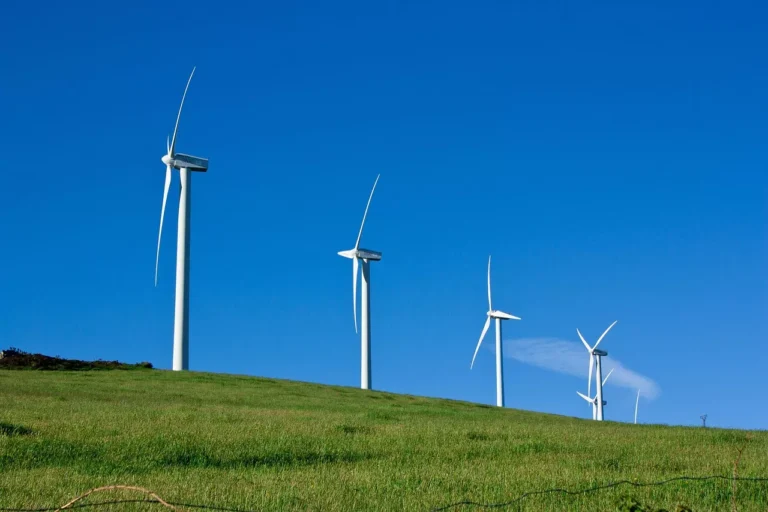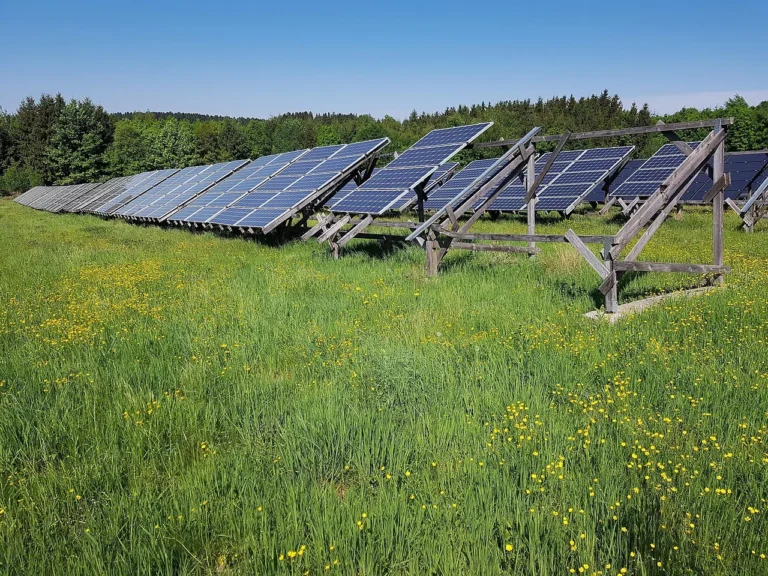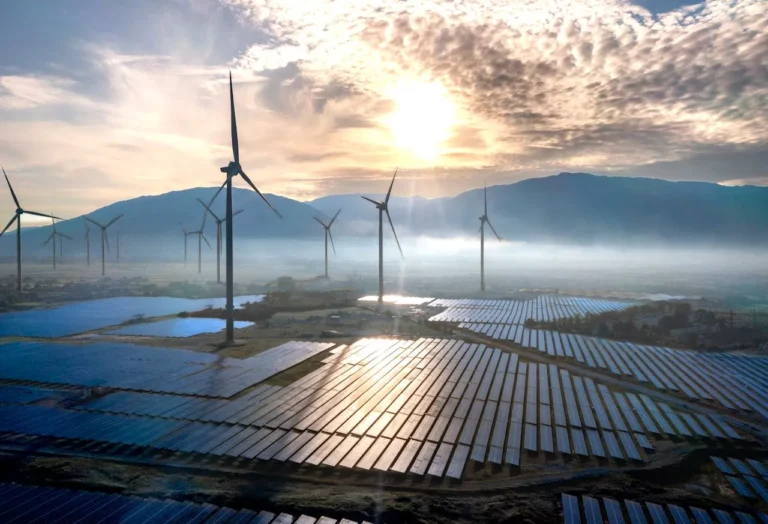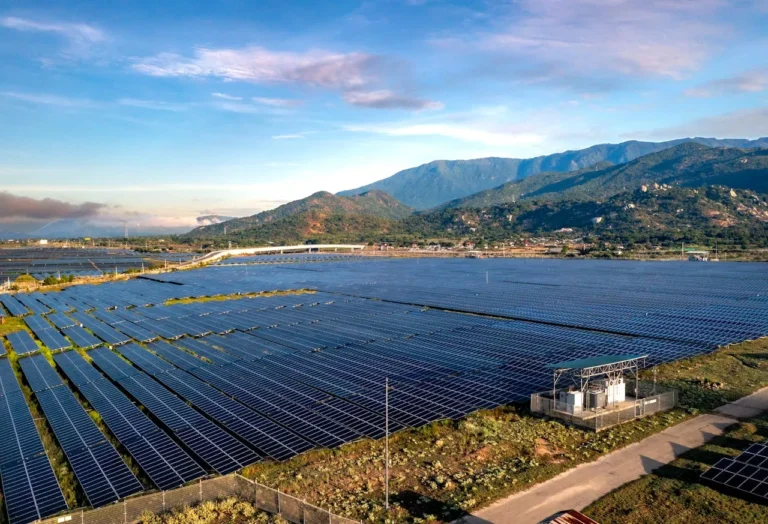
In celebration of National Drive Electric Week (Sept. 27 – Oct. 6, 2024), Pacific Gas and Electric Company (PG&E) is spotlighting its initiatives to make electric vehicle (EV) ownership more accessible and affordable. PG&E is investing in grid readiness, expanding charging infrastructure, and collaborating with the automotive industry to advance EV technologies that support California’s clean energy goals.
Residential Customer Programs and Incentives
PG&E offers a range of incentives and tools for customers. The Pre-Owned EV Rebate Program provides income-qualified buyers up to $4,000 for purchasing or leasing a used EV. Since its launch, more than 6,900 customers have benefited, and $60 million in funding remains available through 2026.
Additionally, PG&E’s Empower EV program offers up to $2,500 to help low-income customers cover EV charger installation costs. The company also offers no-cost EV charger installation for eligible multifamily housing units and small businesses, prioritizing underserved communities.
Business, Community, and School Programs
PG&E’s EV Fleet Program supports businesses, schools, and public transit systems in transitioning to electric fleets. This year, the program helped Oakland Unified School District electrify its bus fleet, the first major school district in the U.S. to fully convert to EVs with vehicle-to-grid technology.
The program also works with partners like Angel Island-Tiburon Ferry to electrify medium- and heavy-duty vehicles, reducing emissions and operating costs.
PG&E is expanding public EV charging infrastructure through its EV Fast Charge Program, which funds the installation of fast-charging stations across California. The company also launched the EV Charge Schools Pilot to provide Level 2 charging stations for school communities.
Advancing EV Technology
With over 600,000 EVs already plugged into PG&E’s grid, representing 6 GW of combined battery capacity, PG&E is scaling its grid to support the projected 3 million EVs by 2030. The company is working with major automakers, including BMW, Ford, and General Motors, to develop vehicle-grid integration (VGI) technologies, including bidirectional charging pilots. These efforts will allow EV batteries to serve as energy resources, particularly during peak demand periods.
Leading by Example
PG&E is also committed to electrifying its own fleet, aiming to transition 3,800 vehicles by 2030 as part of California’s Advanced Clean Fleets regulation.
“This is an exciting transition and an outstanding opportunity for us to lead by example,” said Jason Glickman, PG&E Executive Vice President of Engineering, Planning & Strategy. Currently, about 11% of PG&E’s 9,200-vehicle fleet runs on alternative fuels, including electricity.










